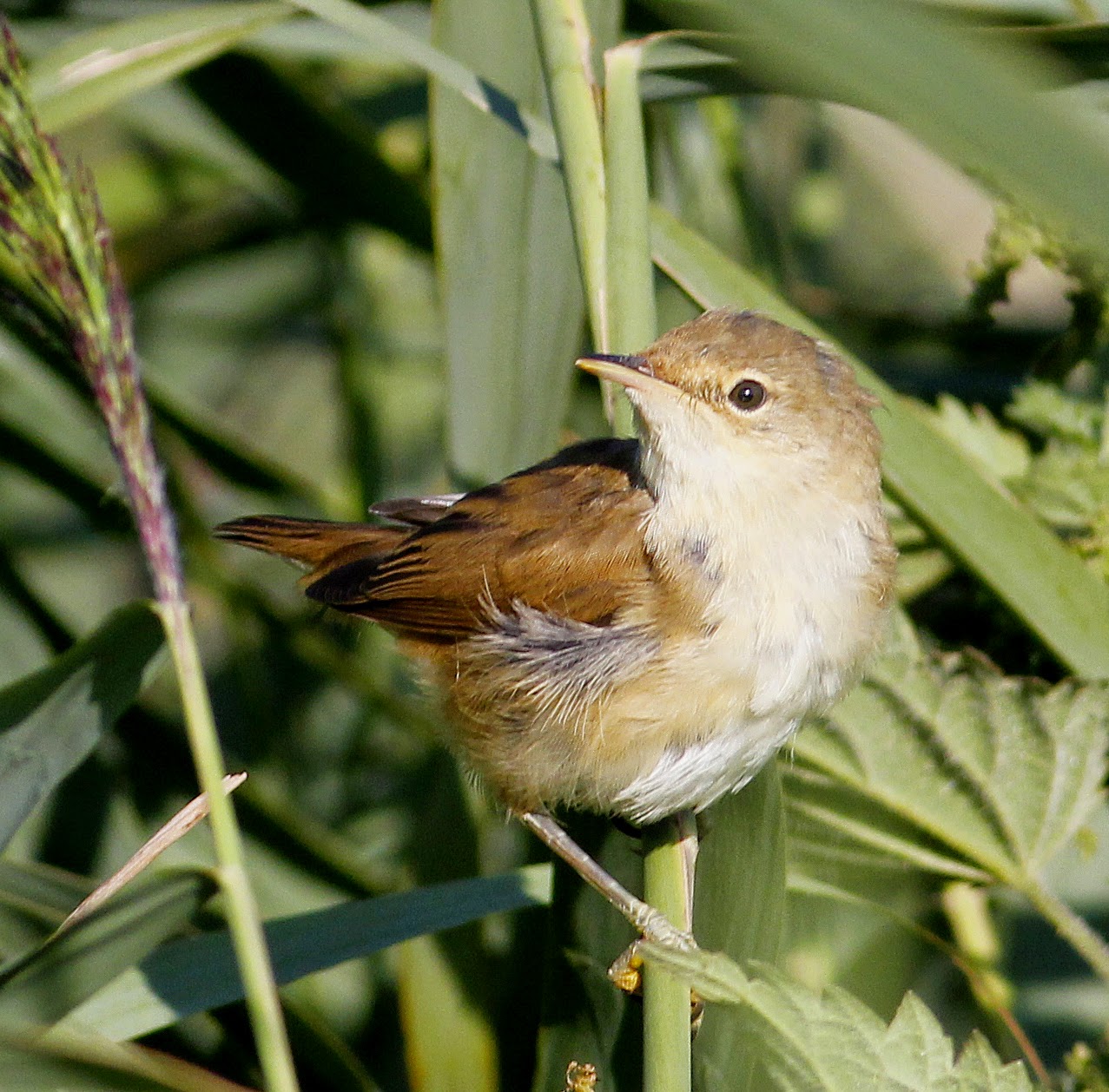Setting off birding early in the morning means there’s a chance of seeing owls, usually Barn Owls. This morning at Pilling there was a Tawny Owl at the roadside but unfortunately it was dead, the victim of an overnight collision with a vehicle.
The woodland living Tawny Owl is very nocturnal and does indeed spend most of its time in the woods so is less likely to fall victim to motorised vehicles than the crepuscular Barn Owl. Barn Owls are very frequent road and rail victims.
Tawny Owl
I stopped the car to take a look and recued the battered, dishevelled body, placing it in the car for later. There was a BTO ring on the owl’s left leg so I will report that although I’m pretty sure who the ringer is.
Tawny Owls are one of the UK’s most sedentary birds and although young birds disperse from their place of birth they rarely move far, the average distance being just four kilometres.
Tawny Owls are one of the UK’s most sedentary birds and although young birds disperse from their place of birth they rarely move far, the average distance being just four kilometres.
Size "G" - UK Ringing Scheme via the British Trust for Ornithology
I was working on borrowed time today with only an hour or two spare in which to visit the usual spots.
The Common Terns really fooled me last weekend at Conder Green when the female was hunkered down out of sight on the nest as the male made less frequent visits to Glasson Dock, the seemingly regular feeding spot. Anyway today was more normal with even the female heading off in the direction of Glasson where I actually saw both birds, one where the canal meets the yacht basin and one over the lock. Could there be youngsters in that unseen nest?
Waders today: 3 Greenshank, 1 Spotted Redshank, 4 Snipe, 4 Common Sandpiper, 6 Curlew, 75 Lapwing, 90 Redshank.
Also 4 Pied Wagtail, 1 Grey Wagtail, 2 Little Egret, 2 Grey Heron and 4 Teal.
At Glasson the aforementioned Common Terns, 2 Grey Wagtail, 25 Swallow, 4 Swift, 2 Grey Heron and 3 Cormorant, but I was out of birding time so saved it for another day.
Sunday doesn’t look good because what’s left of Bertha is heading across the Atlantic Ocean and about to hit the UK with wind and rain.
Never mind, Another Bird Blog will be back as soon as possible.
Linking today to Stewart's World Bird Wednesday.
Never mind, Another Bird Blog will be back as soon as possible.
Linking today to Stewart's World Bird Wednesday.
































































.jpg)














